Cargando...
Recursos educativos
-
Nivel educativo
-
Competencias
-
Tipología
-
Idioma
-
Tipo de medio
-
Tipo de actividad
-
Destinatarios
-
Tipo de audiencia
-
Creador
Lo más buscado
- Integrales
- Medidor de distancia
- Chimpancés
- Aprender las letras
- matemáticas primaria
- Crisis económica
- Competencias básicas
- Recetas para niños
- Cultivos transgénicos
- Cultura y lenguas clásicas
- Guía de consumo responsable
- Actividades con números naturales para secundaria
- Actividades imprimibles para primaria
- Operaciones de multiplicar
- Atapuerca
-
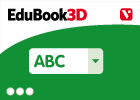
Classifica. Plantes i reproducció asexual
EduBook Organización
- 2160 visitas
Observa amb atenció aquestes tres il·lustracions. Indica, per cada dibuix, si és una planta fanerògama o no fanerògama i quin tipus de reproducció asexual representa: i i i
-

Abans de començar - L'energia
EduBook Organización
- 2160 visitas
Objectius didàctics Definir què és l’energia i reconèixer les fonts d’energia principals. Conèixer les maneres principals de manifestar-se de l’energia. Descriure els processos de…
-
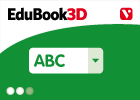
True/false. The metalworking societies
EduBook Organización
- 2153 visitas
Decide if the following statements are true or false: The first period of Prehistory is called the Metal Age. ➝ The first metal used in Prehistory was iron. ➝ The process of working with metal is…
-
Final self-evaluation 06 - Prehistory
EduBook Organización
- 2151 visitas
Indicate which animal and vegetable species were cultivated/domesticated at the start of the Neolithic period: horse ➝ goat ➝ apple ➝ cereals ➝ pig ➝ rabbit ➝ dog ➝ pulses ➝ potato ➝ sheep ➝
-
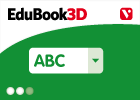
True/false. Viruses
EduBook Organización
- 2163 visitas
Decide if the following statements are true or false: All viruses are microbes. ➝ All unicellular organisms are microbes. ➝ All viruses are unicellular organisms. ➝ Some microbes cause disease. ➝
-
True/false. Sponges
EduBook Organización
- 2160 visitas
Decide if the following statements are true or false: Sponges are the simplest type of animal that exists. Sponges can live in the water and on land. Sponges are usually regular in shape. They eat…
-
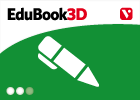
Answer. Spermatophytes
EduBook Organización
- 2158 visitas
Remember what you have studied in this section and answer the questions: How do spermatophytes reproduce? What are the main parts of a spermatophyte? What is the function of the roots? What is the…
-
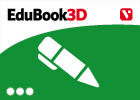
Think. Plant reproduction
EduBook Organización
- 2158 visitas
Answer these questions in your notebook: Why do you think that the petals of flowers are often brightly coloured? Why are the seed-buds inside the pistil? At what point do seeds use the food supply they…
-
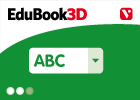
Relaciona. Objetos de la vida neolítica
EduBook Organización
- 2147 visitas
Indica a qué instrumentos del Neolítico se refieren estas definiciones: Recipiente de cerámica que sirve para guardar y cocinar alimentos. Varita de madera que sirve para retorcer las fibras de lana…
-
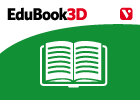
Los campesinos
EduBook Organización
- 2151 visitas
Las labores del campo En la Edad Media, la mayor parte de la población eran campesinos que se ocupaban de trabajar la tierra y cuidar el ganado. Cultivaban básicamente cereales (trigo y cebada) y…
Te estamos redirigiendo a la ficha del libro...













